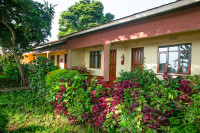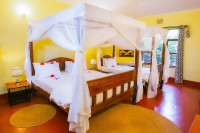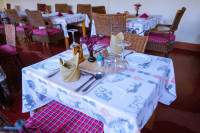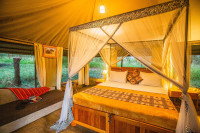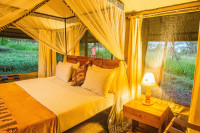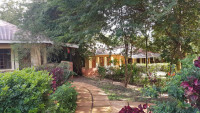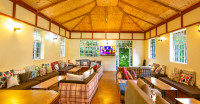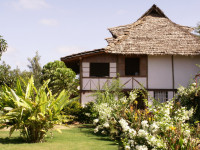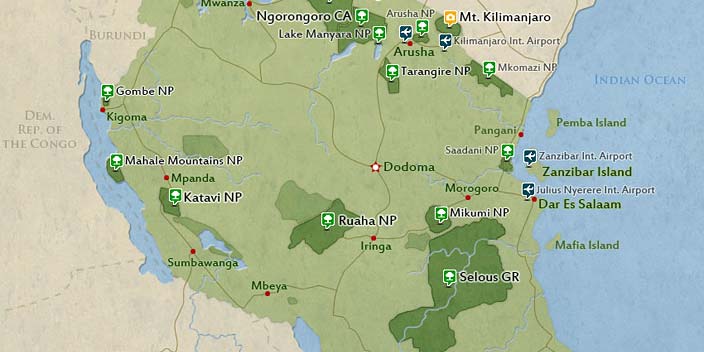
$1,650 pp (USD)
2 travelers on Start dateArrival
Arrival

Day 1
Tarangire National Park
Tarangire National Park
The park runs along the line of the Tarangire River and is mainly made up of low-lying hills on the Great Rift Valley floor. Its natural vegetation mainly consists of Acacia woodland and giant African Baobab trees, with huge swamp areas in the south. Both the river and the swamps act like a magnet for wild animals, during Tanzania’s dry season. The Tarangire National Park is reputed to contain some of the largest elephant herds in Africa. This African national park is also home to three rare species of animals, the greater kudu, the fringe-eared oryx, as well as a few Ashy starlings. We'll eat lunch at the picnic after which we'll continue with the game until late evening. Then drive to the accommodation for your overnight stay.
- Main Destination:
- Tarangire National Park
- Accommodation:
- Rim View Inn
- Meals & Drinks:

Day 2-3
Serengeti National Park
Serengeti National Park
The entire days are dedicated to game viewing in the Serengeti. The areas that you visit will depend upon where the migrating herds are. Predators usually follow closely behind the trekking animals and include lions, leopards (in the acacia trees) and cheetahs. During the short rainy season in November and December the herds move from the hills in the north to the plains in the south. During the longer rainy season from April to June they return up north. As the migration is completely dependent on the yearly rainfalls, the location of the herds may vary from year to year but your guide will know where to locate the animals and where to see them best.
- Main Destination:
- Serengeti National Park
- Accommodation:
- Tukaone Hembe Camp
- Meals & Drinks:

Day 4
Ngorongoro Crater
Ngorongoro Crater
Today you’ll visit Ngorongoro Crater, one of the most beautiful natural sights in Africa, a place where you’ll experience otherworldly beauty with extraordinary wildlife. Watch as, from above, morning mist rolls up and over the crater rim, and notice how the steep walls suggest a place unlike any other. Down below on the crater floor, explore a lost world preserved in a state of pristine isolation, one that shelters lions and hyenas, elephants and black rhinos, flamingos and golden jackals. There are also forests, hippofilled lakes, a salt pan and hyena dens, and you’ll never lose the sense that you’ve stumbled into a safari theme park where everything’s wild.
- Main Destination:
- Ngorongoro Crater
- Accommodation:
- Eileen's Trees Inn
- Meals & Drinks:

Day 5
Lake Manyara National Park – Arusha/JRO
Lake Manyara National Park – Arusha/JRO
On the last day we head to Lake Manyara National Park. The park is dominated by the lake of the same name, which attracts large colonies of water birds. Particularly impressive are the pink-colored flamingos, but also many other bird species such as cormorants, pelicans or storks can be observed here. A total of about 400 different bird species live in the park. The park is also famous for its tree climbing lions, which are usually found in the central and open part of the park. During the safari you will also see elephants, zebras, giraffes, buffaloes, hippos and many other animal species. In the late afternoon you leave and head back to Arusha/JRO.
- Main Destination:
- Lake Manyara National Park
- Accommodation:
- No accommodation (End of tour)
- Meals & Drinks:















